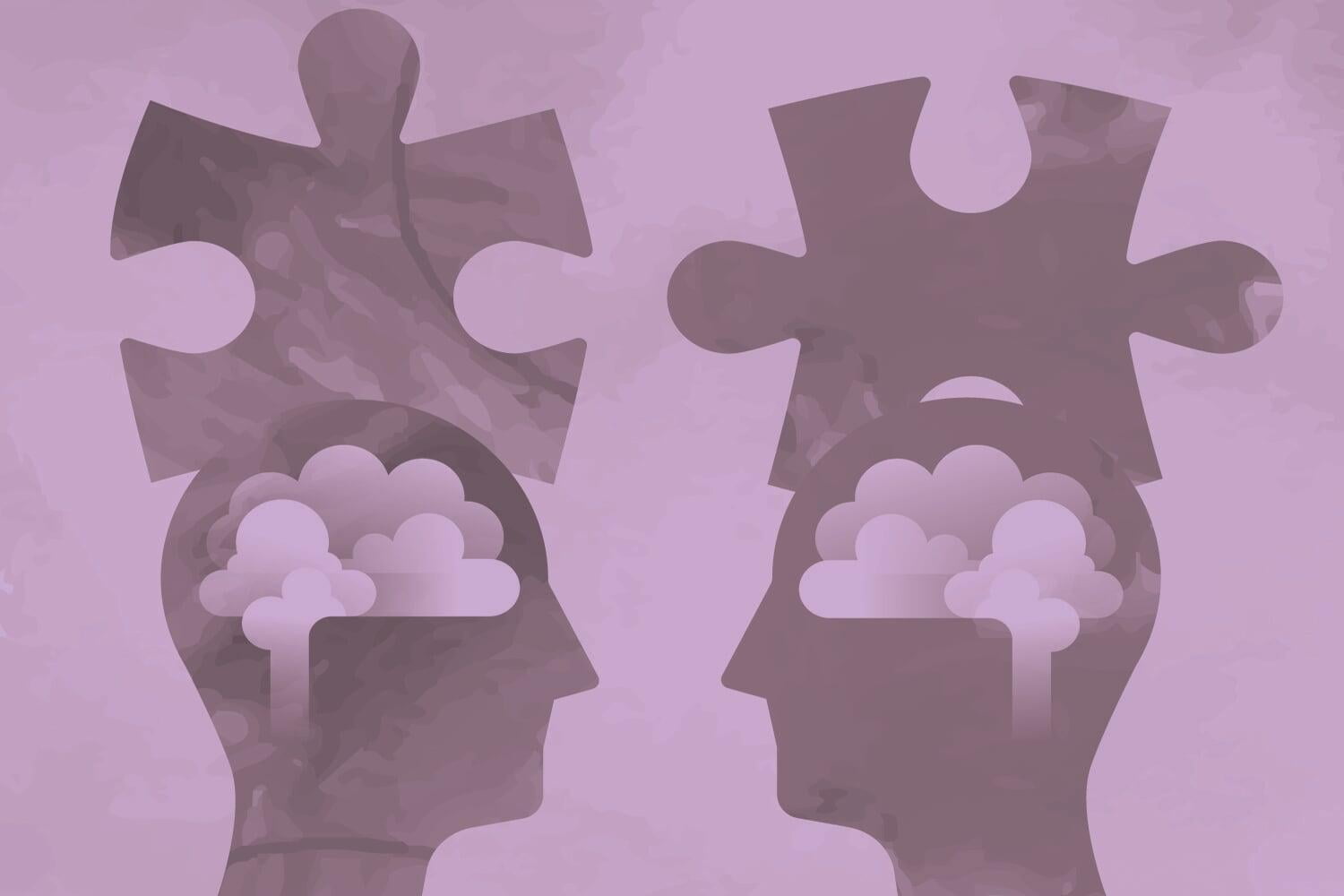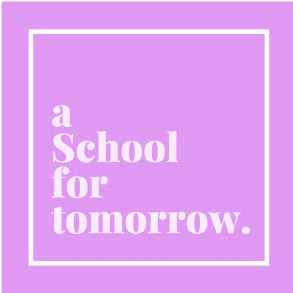Game Changers | Work | High Performance Culture
Cultural Leadership at a Strategic Level
Our fundamental task as Leaders, is to inspire people in our Schools to take on the challenge towards continual growth. When we talk with Leaders about this dimension of “inspiration”, it is, perhaps, the hardest for us to conjure up, especially at the end of a long term when all the “stuff” of school is piling up.

In particular, the work of strengthening defines much of this cultural leadership work.
- Your leadership purpose? Build a healthy school culture. Focus on the fundamental purpose of the school – an education for 21C character and competencies.
- Your leadership competency? Strengthening. We believe that leading through character adds to the value of a school. This is characterised by embedding shared values in a culture with a clear and meaningful core of civic character, performance character, and moral character.
- Your leadership capability? Be a purpose-driven and disciplined leader. Demonstrate the character, competence, drive and passion for responsibility to lead by example. Enact suitable, practical and sustainable leadership principles to meet team, task and individual needs and goals. Model high standards of personal and professional discipline, especially in the face of adversity. Enhance team members’ self-discipline and collective discipline to achieve high standards.
Leaders in this context must focus more on outcomes and the long-term sustainability of the team and achievement of a shared purpose, rather than leadership style or details of tasks which can be delegated to other team members. What might be the object of such a team and such a purpose?
High-performance, therefore, is not simply about the attainment of standards. It is about the journey towards them, one in which we are continually honing and refining the adaptive expertise and professional self-efficacy through which we become better at what we do and, therefore, find our own gifts and talents being transformed.
We know already that what lies behind a commitment to the growth of children is a willingness to contemplate one’s own growth. As the leading thinker in the field, Carol Dweck, observes in Mindset, Motivation and Leadership: “The fixed mindset stands in the way of development and change. The growth mindset is a starting point for change, but people need to decide for themselves where their efforts toward change would be most valuable.”
But this can be hard.
We can be confronted by the need to inspire others when we ourselves can feel lacking in inspiration. Often, we turn to others to seek out our own sources of inspiration; yet we can all too readily find that such external points of stimuli fade into the distance when we become buried in the everyday, especially that which seems repetitive, unending, and (on occasion) pointless. It is in the drive towards the internalisation of our inspiration and its conversion into action that we will most likely find ongoing momentum for a disposition towards living, learning, and leading for growth and change.
It is our observation in school after school that any growth-minded change leader needs to engage in a normal and natural process of adjustment in what psychologists refer to as the acquisition of conscious competence. Dr Michael Day is prominent among leading educators in taking this up in our own field, reminding us that when faced with the prospect of doing something new (and therefore changing who we are), we need to be aware that moving towards conscious competence begins first with moving out of a state of unconscious incompetence to one of conscious incompetence. Processes of internal and external professional learning help us gain induction into the new state of competencies and become conscious of our exercise of it.
This is a dangerous road for many of us to travel though in our professional lives. Accustomed to exercising mastery in a field, the opportunity to acquire a new and different mastery asks significant questions of us. How do we respond to this? With fear? Anxiety? Stress? Or do we take on such a challenge with curiosity, wonder, and a playful sense of experimentation? It is the latter set of qualities that we encourage in our students, yet we ourselves need to feel secure in a climate of trust, and a culture that is supportive. This is what we speak of when we talk of a growth-minded change culture. High-performance, therefore, is not simply about the attainment of standards. It is about the journey towards them, one in which we are continually honing and refining the adaptive expertise and professional self-efficacy through which we become better at what we do and, therefore, find our own gifts and talents being transformed.
Robert Kagan and Lisa Laskow Leahy, in Immunity to Change, identify seven critical attributes of an organisation that is a home for the continual growth of talent:
- It recognises that, like adolescence, adulthood must be a time for ongoing growth and development.
- It honours the distinction between technical and adaptive learning agendas.
- It recognises and cultivates the individual’s intrinsic motivation to grow.
- It assumes that a change in mindset takes time and is not evenly paced.
- It recognises that mindsets shape thinking and feeling, so changing mindsets involves the head and the heart.
- It recognises that neither change in mindset nor change in behaviour alone leads to transformation, but that each must be employed to bring about the other.
- It provides safety for people to take the kinds of risks inherent in changing minds.
This is the home we need to build for our faculty who the international research tells us are the key factor in improving outcomes for more students. In creating the conditions by which we might help the hearts and heads of our staff to be inclined towards the important work of continually improving outcomes for students, we need to help them to improve their own competencies along the way. The inspiration for change will be modelled at first, but it needs to become normalised within the individual learning journey of each teacher along the way through their explicit understanding of their purpose, philosophy and practice, as well as their plan for ongoing growth and development. Growth-minded cultural leadership helps teachers to become fit for purpose; it is on this platform that schools acquire the substance on which they can base the cultural competency to become institutionally fit for purpose.
As leaders, we must be the torch bearers for this change.






